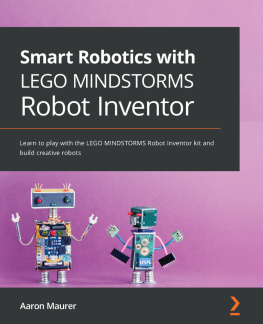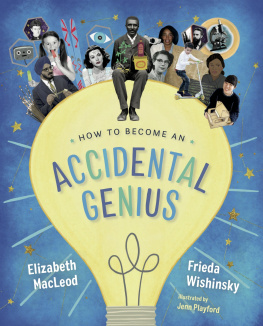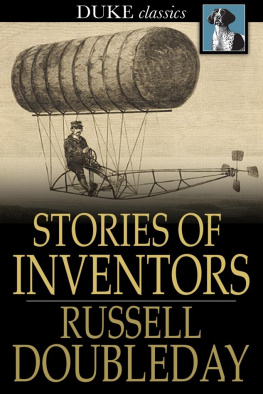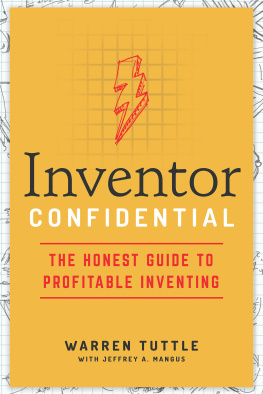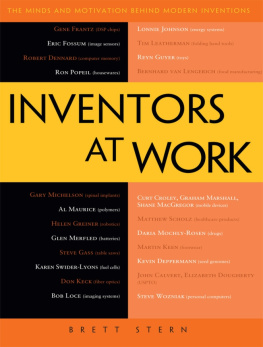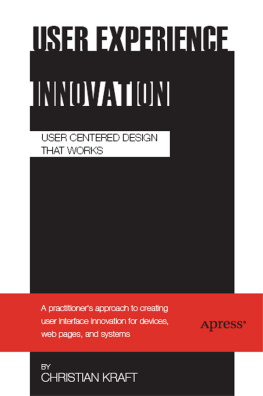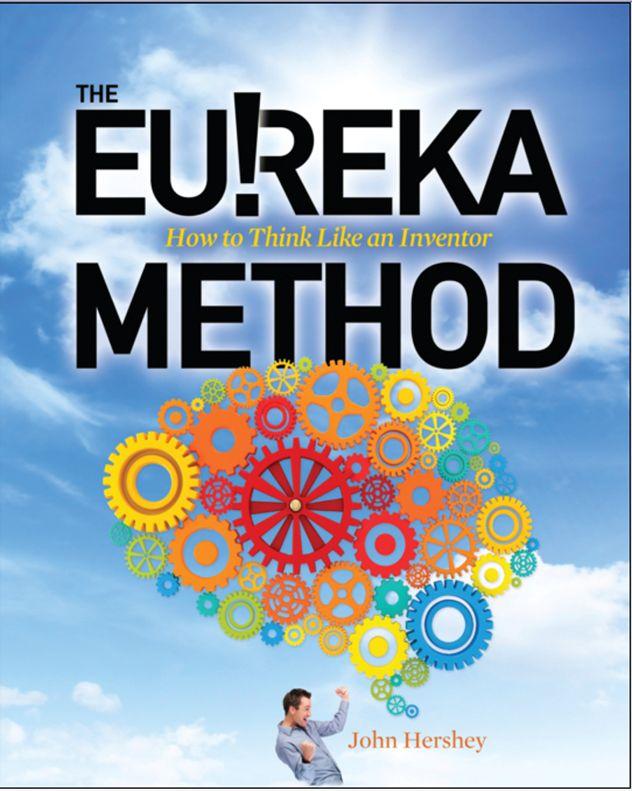
The Eureka Method

About the Author
Dr. John Hershey holds 144 U.S. patents in fields including spread spectrum, digital TV, 3-D display, medical devices, logistics, e-commerce, jet engine prognostics, radar, cryptography, power line communications, sensors, satellite communications, railroading, and signal processing. He was elected a Fellow of the Institute of Electrical and Electronics Engineers (IEEE) for contributions to secure communications. He is the author or coauthor of eight books and two encyclopedia entries. He worked in the intelligence community and the U.S. Department of Commerce, helped build a regional office of a major government services company, and most recently served at the General Electric Global Research Center in upstate New York. He has taught as an adjunct faculty member at the University of Colorado, the Rensselaer Polytechnic Institute, and the Union Graduate College.The Eureka MethodHow to Think Like an Inventor



Copyright 2011 by The McGraw-Hill Companies. All rights reserved. Except as permitted under the United States Copyright Act of 1976, no part of this publication may be reproduced or distributed in any form or by any means, or stored in a database or retrieval system, without the prior written permission of the publisher.
ISBN 978-0-07-177040-8
MHID 0-07-177040-2
The material in this eBook also appears in the print version of this title: ISBN 978-0-07-177039-2, MHID 0-07-177039-9.
All trademarks are trademarks of their respective owners. Rather than put a trademark symbol after every occurrence of a trademarked name, we use names in an editorial fashion only, and to the benefit of the trademark owner, with no intention of infringement of the trademark. Where such designations appear in this book, they have been printed with initial caps.
McGraw-Hill eBooks are available at special quantity discounts to use as premiums and sales promotions, or for use in corporate training programs. To contact a representative please e-mail us at bulksales@mcgraw-hill.com.
Trademarks: McGraw-Hill, the McGraw-Hill Publishing logo, How to Do Everything, and related trade dress are trademarks or registered trademarks of The McGraw-Hill Companies and/or its affiliates in the United States and other countries and may not be used without written permission. All other trademarks are the property of their respective owners. The McGraw-Hill Companies is not associated with any product or vendor mentioned in this book.
Information has been obtained by McGraw-Hill from sources believed to be reliable. However, because of the possibility of human or mechanical error by our sources, McGraw-Hill, or others, McGraw-Hill does not guarantee the accuracy, adequacy, or completeness of any information and is not responsible for any errors or omissions or the results obtained from the use of such information.
TERMS OF USE
This is a copyrighted work and The McGraw-Hill Companies, Inc. (McGraw-Hill) and its licensors reserve all rights in and to the work. Use of this work is subject to these terms. Except as permitted under the Copyright Act of 1976 and the right to store and retrieve one copy of the work, you may not decompile, disassemble, reverse engineer, reproduce, modify, create derivative works based upon, transmit, distribute, disseminate, sell, publish or sublicense the work or any part of it without McGraw-Hills prior consent. You may use the work for your own noncommercial and personal use; any other use of the work is strictly prohibited. Your right to use the work may be terminated if you fail to comply with these terms.
THE WORK IS PROVIDED AS IS. McGRAW-HILL AND ITS LICENSORS MAKE NO GUARANTEES OR WARRANTIES AS TO THE ACCURACY, ADEQUACY OR COMPLETENESS OF OR RESULTS TO BE OBTAINED FROM USING THE WORK, INCLUDING ANY INFORMATION THAT CAN BE ACCESSED THROUGH THE WORK VIA HYPERLINK OR OTHERWISE, AND EXPRESSLY DISCLAIM ANY WARRANTY, EXPRESS OR IMPLIED, INCLUDING BUT NOT LIMITED TO IMPLIED WARRANTIES OF MERCHANTABILITY OR FITNESS FOR A PARTICULAR PURPOSE. McGraw-Hill and its licensors do not warrant or guarantee that the functions contained in the work will meet your requirements or that its operation will be uninterrupted or error free. Neither McGraw-Hill nor its licensors shall be liable to you or anyone else for any inaccuracy, error or omission, regardless of cause, in the work or for any damages resulting therefrom. McGraw-Hill has no responsibility for the content of any information accessed through the work. Under no circumstances shall McGraw-Hill and/or its licensors be liable for any indirect, incidental, special, punitive, consequential or similar damages that result from the use of or inability to use the work, even if any of them has been advised of the possibility of such damages. This limitation of liability shall apply to any claim or cause whatsoever whether such claim or cause arises in contract, tort or otherwise.
Dedicated to Fergus Ross, a good man and a good inventor
Contents



I thank Roger Stewart of McGraw-Hill for his mentoring and guidance. His encouragement and patience are deeply appreciated. I also thank Scott Asmus, Rich DeCristofaro, Dave Goldman, and Howard Skaist, four outstanding attorneys, for their taking the time to educate me.
T his book is designed to help you become an inventor. Books about inventing are already numerous, as are conventions and seminars devoted to the topic. So why, you may ask, does the world need
yet another book about inventing? The answer is that
The Eureka Method: How to Think Like an Inventor offers something unique. While most other books focus on what to do with your device
after it is inventedhow to patent it or license it or promote and sell it
The Eureka Method steps back to the beginning.This book will teach you how to
think like an inventor. In other words, it will teach you how to come up with new ideas for inventions. This is, after all, for most people the hardest part of becoming an inventor.The fact that you are reading this shows your interest in inventing. In my experience, a person is interested in becoming an inventor for two reasons: dissatisfaction with an existing product or service (too large, too slow, too expensive, too difficult to use), or a dream and desire to create something entirely new, a product or service that will augment humanitys capability to reach farther, move faster, aggregate and analyze all sorts of data, or bring together pieces and form a whole that is greater than the sum of its parts.Here we examine how you can fulfill both those inventor roles by developing and seizing
Next page

